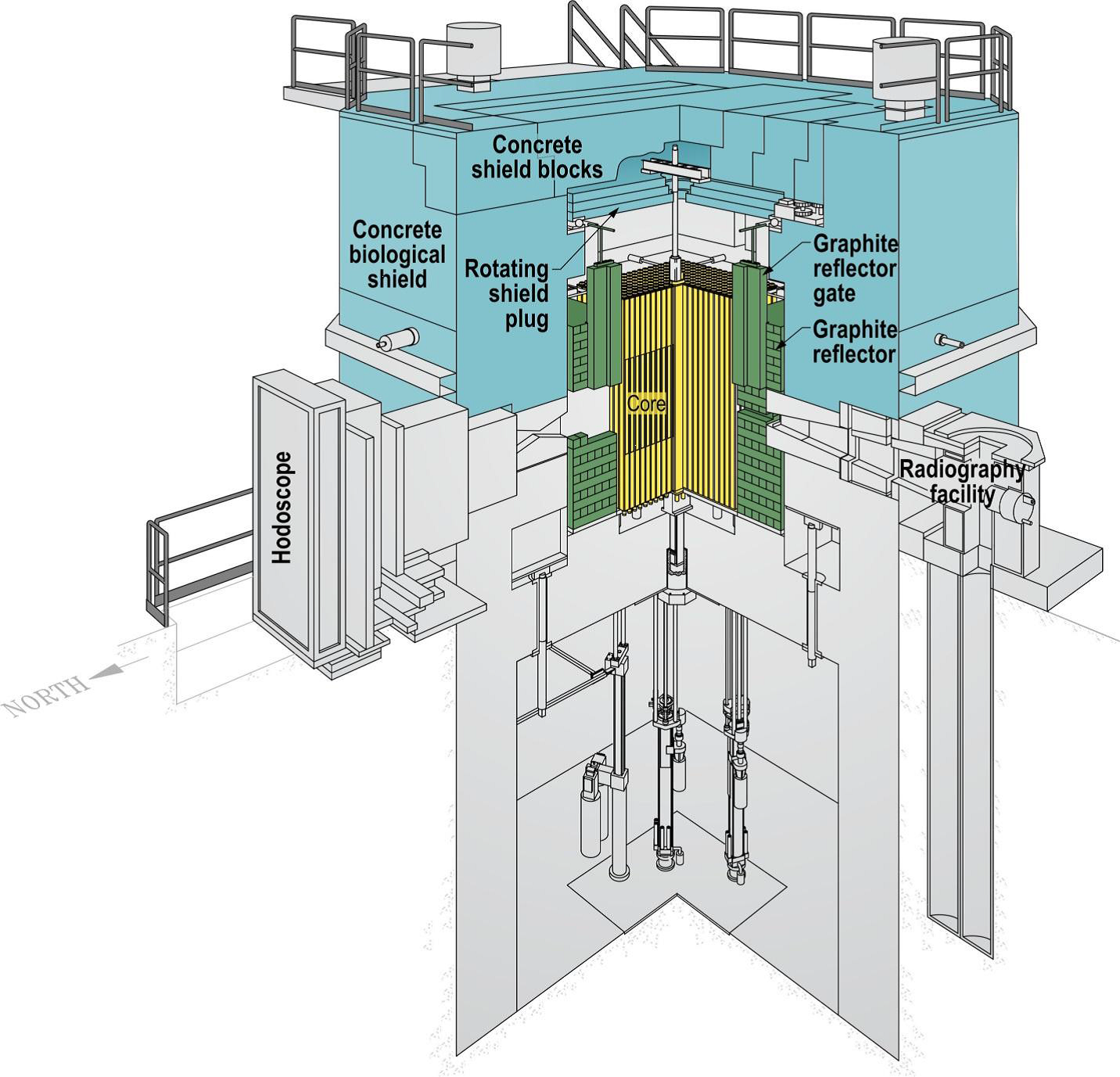An effort is presently underway to restart the Transient Reactor Test (TREAT) Facility, located at the Idaho National Laboratory by 2018. The TREAT Facility, shown below, has historically been utilized to provide empirical data to support the comprehensive characterization of light water reactor fuel and sodium-cooled fast reactor fuel under a variety of conditions. This test reactor provides the capability of significantly expanding upon the existing empirical data available for traditional light water reactor fuel, supporting the accident tolerant fuel program in the U.S., and efforts to license next generation sodium-cooled reactors. The restart of this unique test reactor has pushed the capabilities of historically developed codes, used to provide the safety case for experimental conduct and design. However, significant progress in the development and implementation of mechanistic-based models has been underway in recent years through large integrated programs such as the Department of Energy’s Nuclear Energy Advanced Modeling and Simulations program. In addition to these ‘next-generation’ computer codes, instrumentation capabilities and experimental hardware design has significantly improved since the shutdown of the TREAT Facility in 1994.
Leveraging such advancements in computational tools, along with new experimental instrumentation and hardware developments, our team’s scope of work will lead to the following outcomes:
